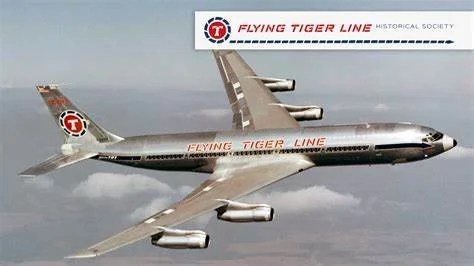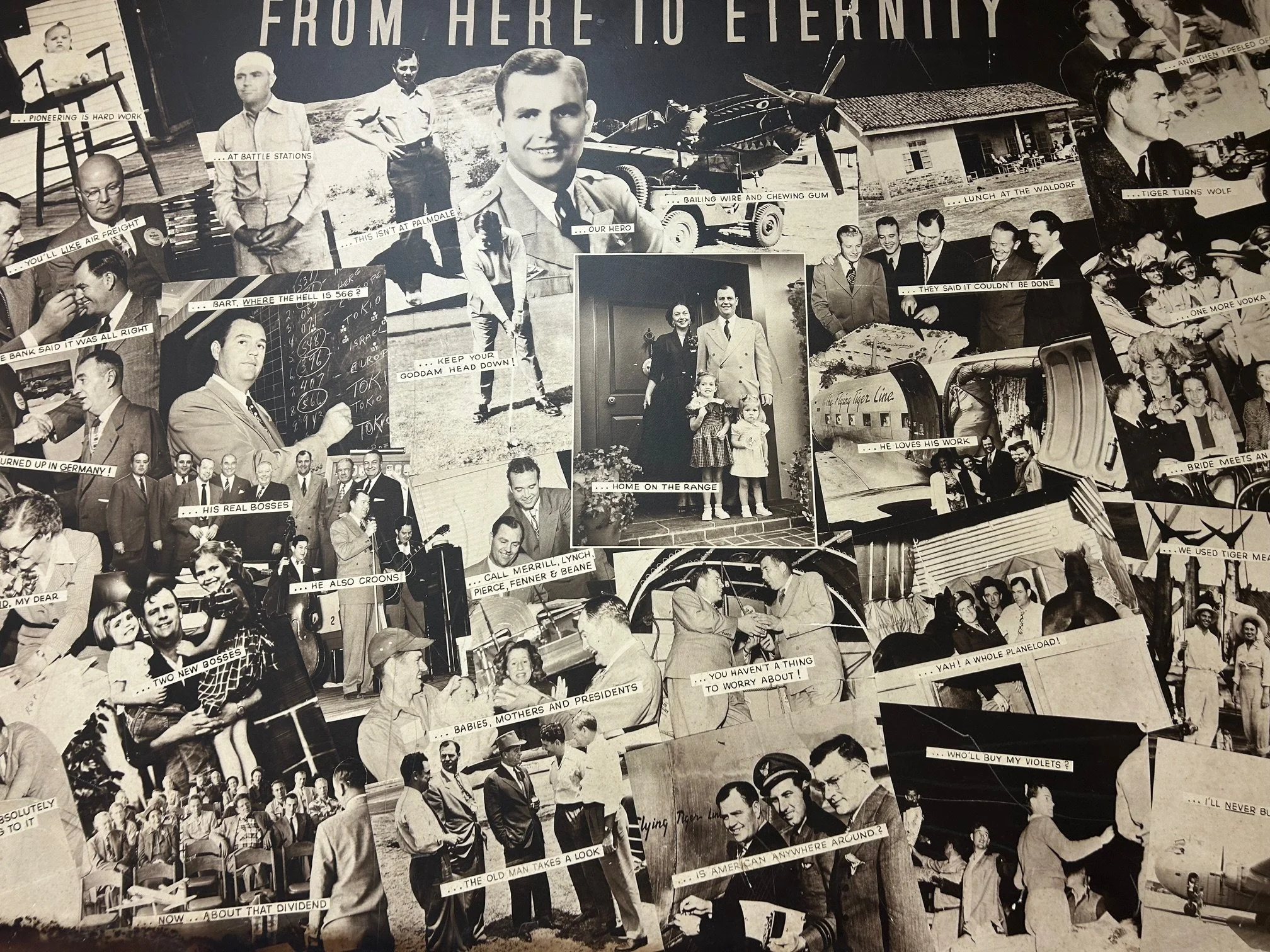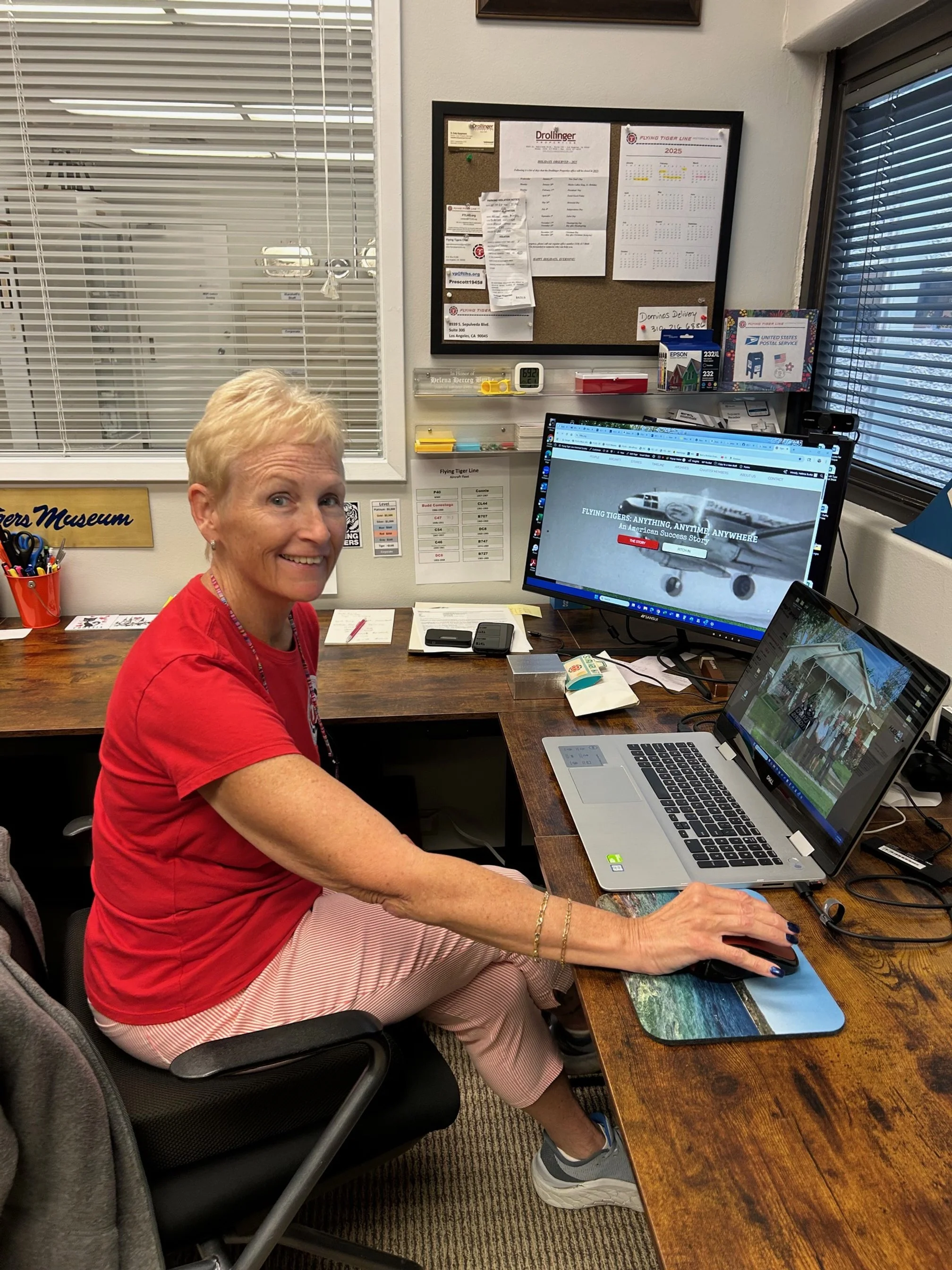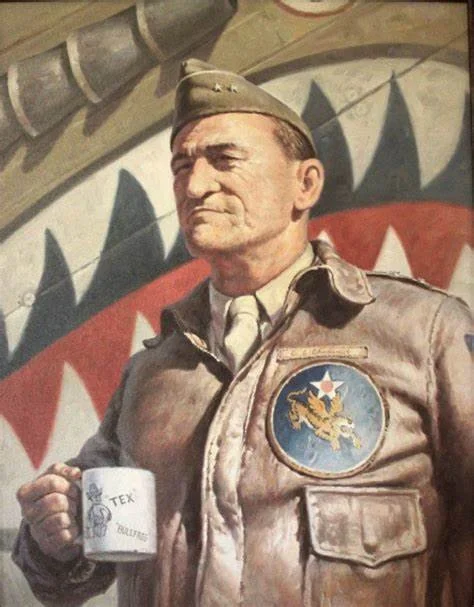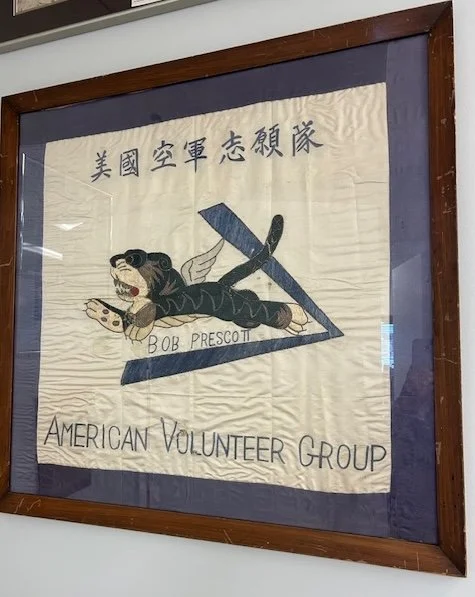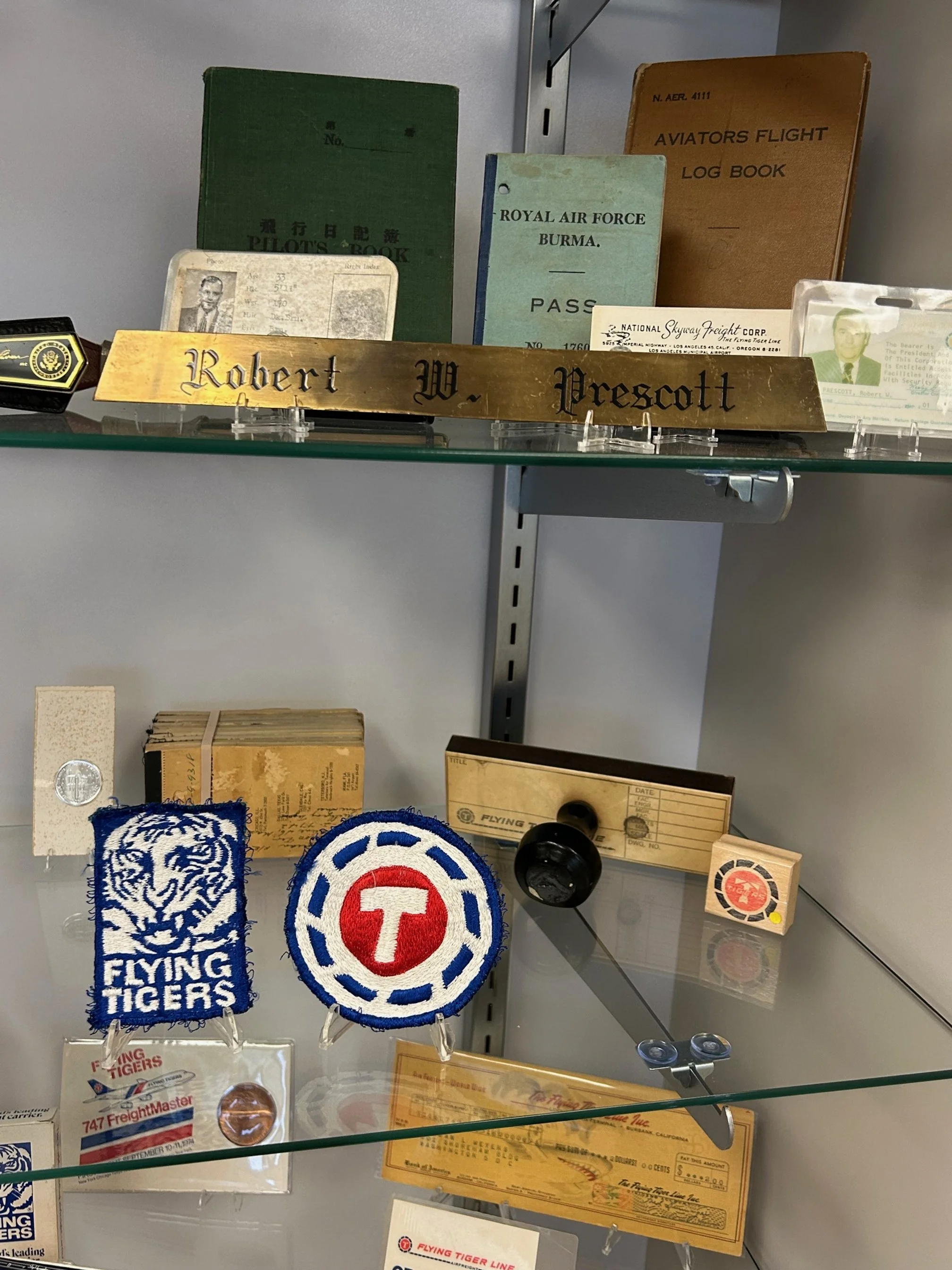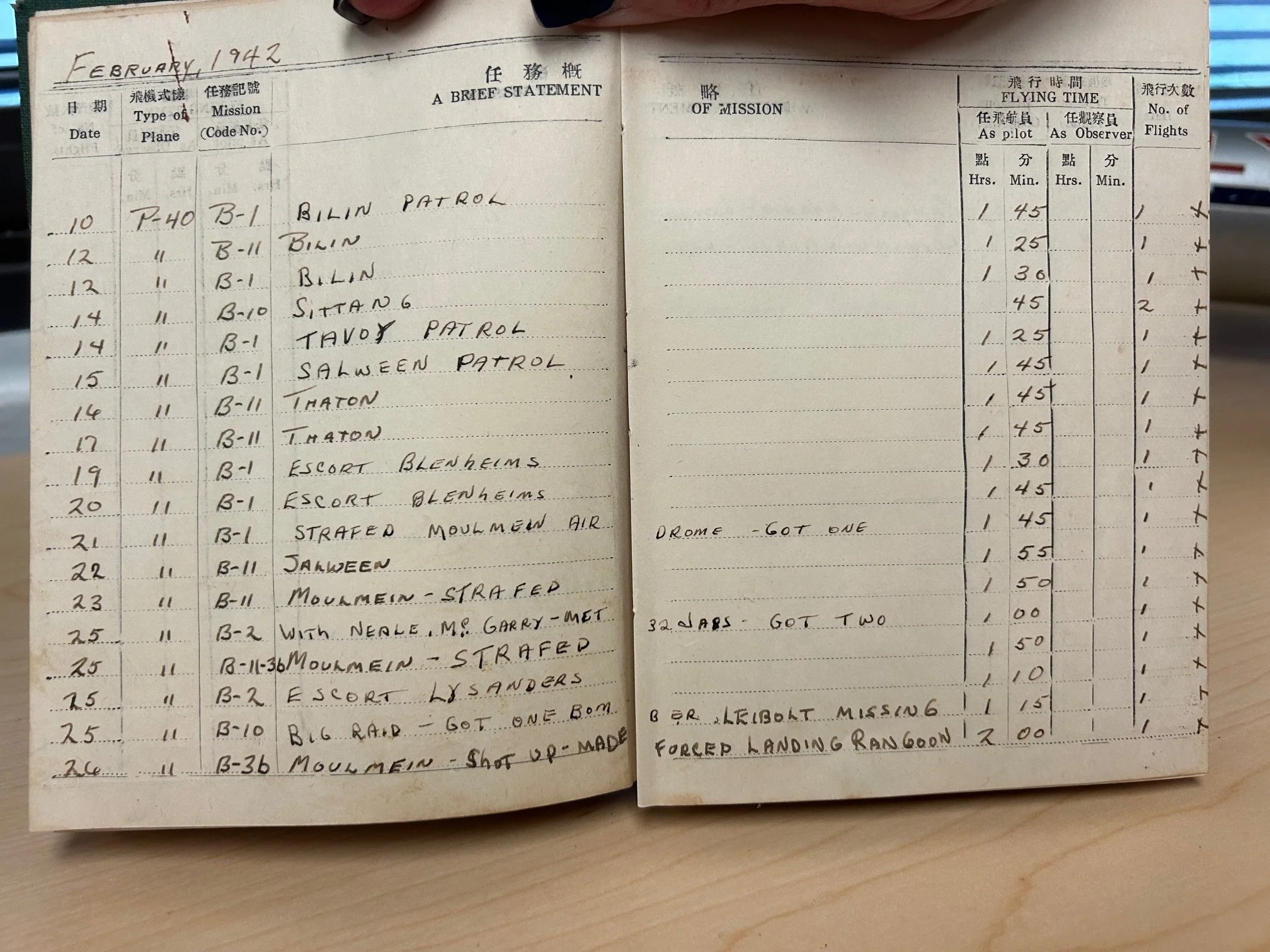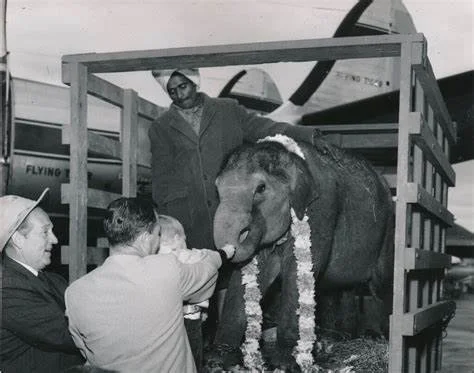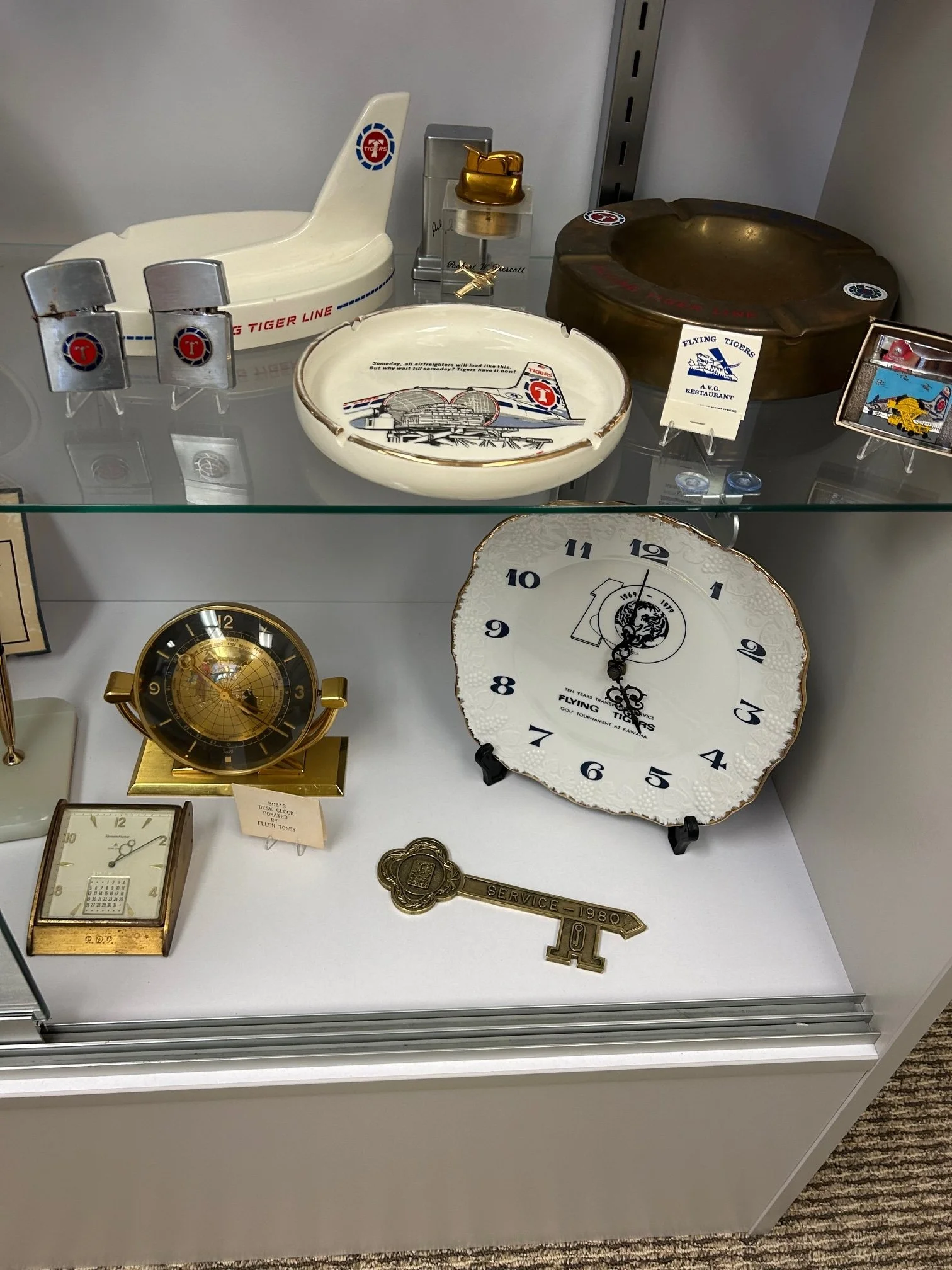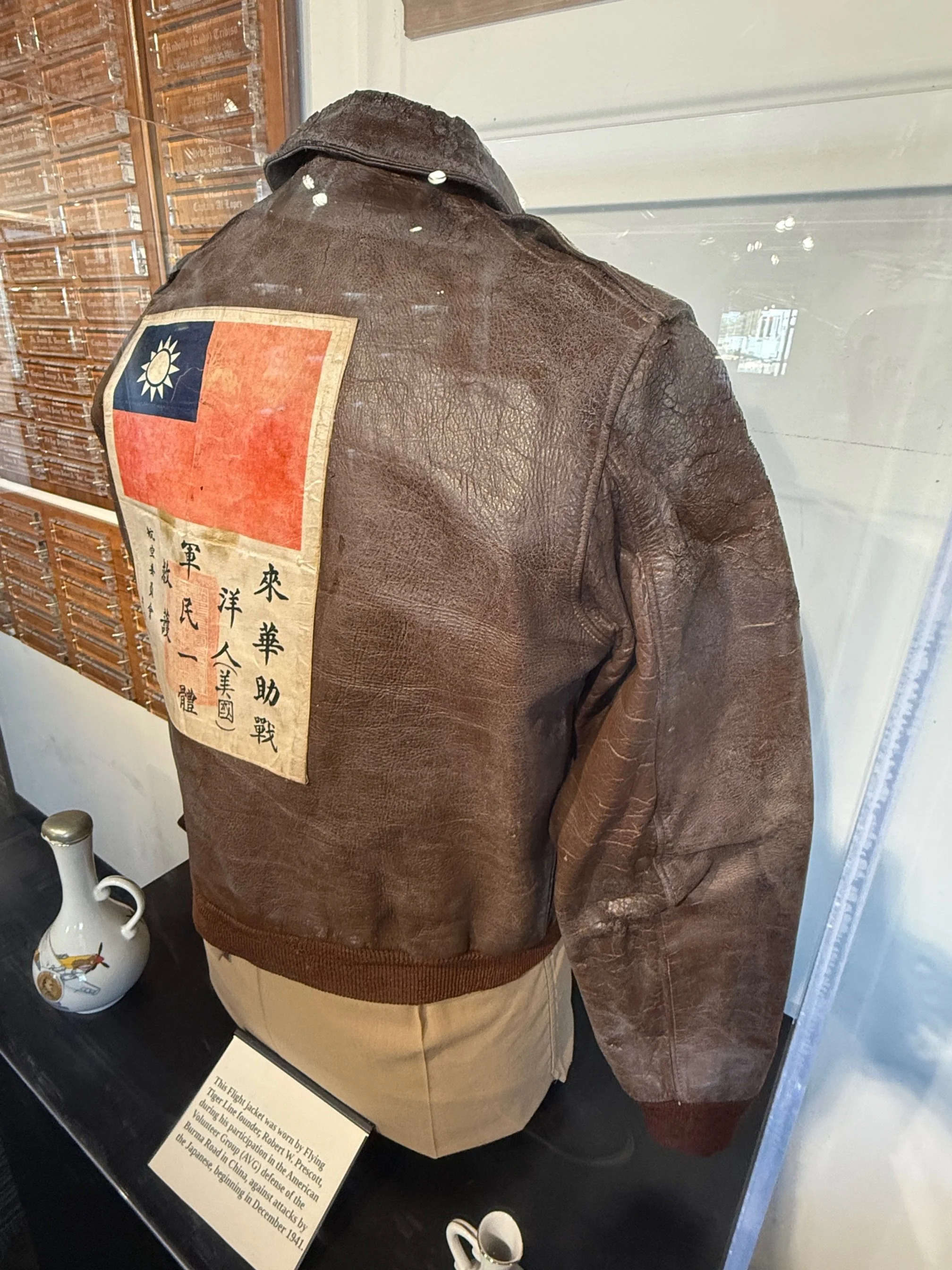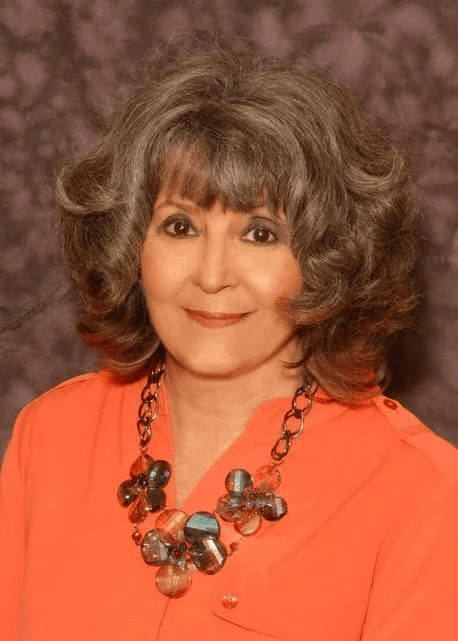Preserving the History of an Infamous Cargo Company, Secrets and All: By Writer and Contributor Deborah Paul
The Circle T on the Flying Tiger B707 tail was easily recognized around the world in the 1970s and 1980s
In one of the most arguably significant movies of our times, “Citizen Kane,” Charles Foster Kane flippantly said, “I think it would be fun to run a newspaper.”
Kane goes on to build a publishing empire and then slowly self-destructs due to his own maleficent devices.
Not so with the founders of the Flying Tiger Line Historical Society.
Retired MD-11 Captain John Dickson and Helena Burke, a retired operations specialist in many capacities throughout her career, smack of the same essence and enthusiasm expressed by the fictitious mogul, in that, they thought it would be fun to gather all the data possible about the famed Flying Tiger Line (FTL) into one place and ultimately share it with the public.
For 44 years, the FTL was known around the world as innovative, daring to do the impossible, and was leaps and bounds ahead of its time.
A collage of Flying Tiger Line industry high points including photos of founders and AVG pilots.
In 1989, FedEx, with a vastly different mission, merged with a floundering Flying Tiger Line, and almost overnight obliterated the presence of anything Tiger from aircraft logos to company stationery. But it was because of FTL’s trailblazer reputation in the industry, the setting of many records, and hiring an incredibly loyal employee workforce that had attracted FedEx.
Retired pilot and current president John Dickson of the Flying Tiger Line Historical Society.
“The creation of the Flying Tiger Line Historical Society (FTLHS) was imminent, and always on our minds, but we just never knew when it would happen,” said an energetic Dickson who is also producing a video filled with colorful interviews of former FTL employees. “For 35 years, the Flying Tiger Archives were in the care of the Flying Tigers Club and safely tucked away in a windowless office at the 7401 World Way West LAX Hangar.
Unfortunately, due to the economy, FedEx made the tough decision in 2023 to terminate the lease with the LAX airport and shut down the hangar, displacing the FTL Archives. This was the impetus we needed to establish the FTLHS, protect the FTL Archives and relocate to a proper office. We truly moved heaven and earth to make it happen, and with that ‘Can Do Spirit,’ we did just that.”
On September 22, 2023 the Flying Tiger Historical Society received its 501c3 non profit status due to the perseverance of a handful of self-appointed board members inspired by the original, swashbuckling flyers and other founders of post-World War II fame.
The eclectic group of officers and board members, President John Dickson, Vice-President Helena Burke, Secretary Guy Van Herbruggen, Treasurer Gary Molinari, Assistant Secretary and Director Marshall Meyers and Director John Burke fervently share the passion and loyal support in their mission statement:
To preserve the history of the Flying Tiger Line and provide a digital research repository for students of aviation and educate youth and aviation enthusiasts about Flying Tiger Line’s place in the world of air cargo and charter flights on the world stage of aviation.
Long time Flying Tiger and FedEx employee Helena Burke is the current Vice-President of the Flying Tiger Line Historical Society.
Vice-President Helena Burke , along with her director husband John’s involvement in organizing the project from the first brainstorms, said it has been a true labor of love.
Burke said she worked for Flying Tiger for only nine years, but they were the best years of her career. She continued with FedEx for an additional 35 years after the two companies merged in 1989.
“Much of the time we weren’t quite sure what we were doing and how we would get there, but we had a goal in mind, and we are now well on our way,” said Burke from her home in Manhattan Beach.
Ace AVG Pilot Dick Rossi was one of many dashing pilots who help Flying Tiger Line founder Bob Prescott get the company off the ground.
The “Flying Tigers” weren’t just some made-up-glory-boy Hollywood movie plot starring Johh Wayne. The very real pilots, flight attendants, administrative personnel, mechanics, engineers, load masters, etc. were a vibrant, ticking workforce that worked and played together in extreme measures. Talk to any former Flying Tiger employee and they will tell you they considered their employment with Tigers a highlight in their lives.
General Claire Chennault, commander of the historically brave AVG force who flew the death-defying Burmese Hump during WWII.
Still, the famous WWII American Volunteer Group (AVG), commonly known as the Flying Tigers, were a group of incredibly brave American pilots who protected the supply route into China from invading Japanese forces.
An original token AVG flag owned by ace pilot and Flying Tiger Line founder and President Robert Prescott.
Headed by General Claire Chenault, the commission was a short-lived operation (about 15 months), but extremely successful. When the mission was over, ace pilot Robert Prescott went on in 1945 to create the first US all cargo airline, the Flying Tiger Line (FTL).
Bob Prescott’s curios and logbook kept during his WWII AVG campaign.
Note the February 1942 log descriptions of patrols, getting strafed and his own “kills.”
FTL was a pioneer in the air cargo industry transporting goods such as cars, flowers, racehorses, oil drilling equipment, satellites, and so much more.
Flying Tiger Line was the first to fly exotic animals of any kind around the world. Note 1950s and 1960s TV personality Art Linkletter.
The new airline quickly developed their corporate philosophy: “Anything, Anytime, Anywhere,” which history shows pretty much stole the spotlight among other emerging cargo carriers during that time.
Dickson said he recalled one animal charter which was one of the most memorable flights of his career.
In 1989, he was a co-pilot on a Boeing 747 flight carrying three newly purchased Orca whales from Marineland of Canada to US based SeaWorld of America.
“During the “Free Willy” consciousness around the world regarding Orcas in captivity, their largest, Tilikum, killed a trainer, forcing the Canadian Marineland out of business,” Dickson said. “Each was individually transported in a water-filled, slosh-proof tank with an opening at the top, with the whale neutrally buoyant and restrained on a sling in the water. Five trainers stayed with the whales during takeoff and landing, monitoring the vital signs and wetting their tops with mops.”
Dickson said they flew Tilikum, along with another female and her calf from Victoria to San Antonio, dropping off the two smaller ones, then continued on to Orlando, FL with Tilikum. The takeoffs and landings were performed as smoothly as possible, deliberately avoiding any areas of turbulence.
“Unfortunately,” Dickson added, “Tilikum would go on to kill two more humans while at SeaWorld, as documented in the 2013 film “Blackfish,” before dying in 2017.
FTL also had lucrative military contracts, not only transporting military equipment, but military personnel and their families as well.
And yes, Flying Tiger had Flight Attendants who flew not only military in and out of war zones, but Muslims to Mecca, emergency and humanitarian airlifts, tourists and more.
Former Flying Tiger Line Flight Attendant Michelle Rizza, who flew multiple tourists assignments with Metro Airways (another passenger division of FTL) in the early 1980s, the Ethiopian Airlift in 1985, Desert Shield and Desert Storm and Military Airlift Command (MAC) passengers throughout her career still thanks Flying Tiger for giving her a unique life.
She said she totally supports the effort to include the flight attendant’s historical contributions to the FTLHS archives.
“I had the best job in the industry,” Rizza said from her home in Las Vegas, NV. “When I first started, I couldn’t believe they were paying me to do this incredible job. We were close to the top of the industry pay, had long layovers in fabulous cities at great hotels, and our fellow flight attendants were the best of the best.”
Currently, hundreds of retirees from FTL still gather every year around the US for well-planned reunions, luncheons and impromptu get-togethers.
Banking on that kind of enthusiasm, the Historical Society is now running full tilt in a modern, document-safe Drollinger office building in Westchester within hearing distance of LAX jets taking off and landing.
But the compilation of FTL history is a devoted work in progress. The organization derives its support by monetary donations from members of the Flying Tiger Club, the Flying Tiger Line Pilot Association and the general public.
Memorabilia including the pen and pencil set always found on Bob Prescotts’s desk
Former Tigers continue to donate items like uniforms and wings, log books, flight schedules, hiring manuals, work overalls, etc. Now safely housed are tens of thousands of files of rare government documents, photographs, books, company newsletters, model planes, rare Tiger memorabilia, training reels, portraits, etc.
Memorabilia donated by employees.
The precious “booty” is being carefully catalogued or scanned into archival data repositories by volunteer board members who donate their time and efforts to the project while accepting no pay. Every cent donated from outsources goes directly to maintaining the historical society archives and its premises. Even FedEx President and Founder Fred Smith, now deceased, oversaw a corporate donation d $10,000 to the project before his untimely death earlier this year.
“There isn’t a legacy airline that we’re aware of having the continued long-lasting esprit de corps the former employees of the Flying Tiger Line have,” said Dickson. “We refer to it simply as the ‘Tiger Spirit.’ Between the two social groups, with over 1,000 members, to our newly created Historical Society, we truly assemble and devote ourselves to preserving our airline’s legacy, not just as former employees but very much as part of a large family.”
This flight jacket, worn by Ace Pilot Bob Prescott during his participation in the American Volunteer Group in World War II, is currently on display at the Flight Path Museum on Imperial Avenue in El Segundo
The label encapsulating the profound words of Bob Prescott says, “ We’re Unique, So Let’s Not Imitate. Imitation Lets you Catch Up to the Guy Ahead … But Never Lets you Pass.
Scholars and airline enthusiasts can visit the historical society’s website at: www.FTLHS.org to learn about the people, stories, timelines, aircraft, general archives and so much more. Donations can be mailed to: The Flying Tiger Line Historical Society, P.O. Box 91296, Los Angeles, CA 90009. Private appointments to the Archives office can be made by emailing: contact@FTLHS.org.
Deborah Paul has played with ink since she was able to read and write. At 19, after two years of college, she left St. Louis to fly for American Airlines, and later enjoyed a long career with Flying Tiger Lines in many capacities, including flying military and their dependents all over the world as a flight attendant. Paul returned to university in the 1990s earning a journalism degree from Cal State University Dominguez Hills and was eventually hired as a newspaper reporter for the South Bay Weekly section of the Los Angeles Times. A decade later she worked for Orange Coast Magazine as their Charitable Events editor. She also taught journalism and was advisor to the campus newspaper at CSUDH and still contributes as a regular stringer for Peninsula News on the Palos Verdes Peninsula. Currently, she has published five children’s books and most recently a zany cookbook featuring recipes from her former Flying Tiger Flight Attendant partners. Her poetic fictional stories are inspired by real people who have left an indelible mark on the quiet display of simple human kindness. She resides in Rancho Palos Verdes married to Jim, her husband of many adventures.

